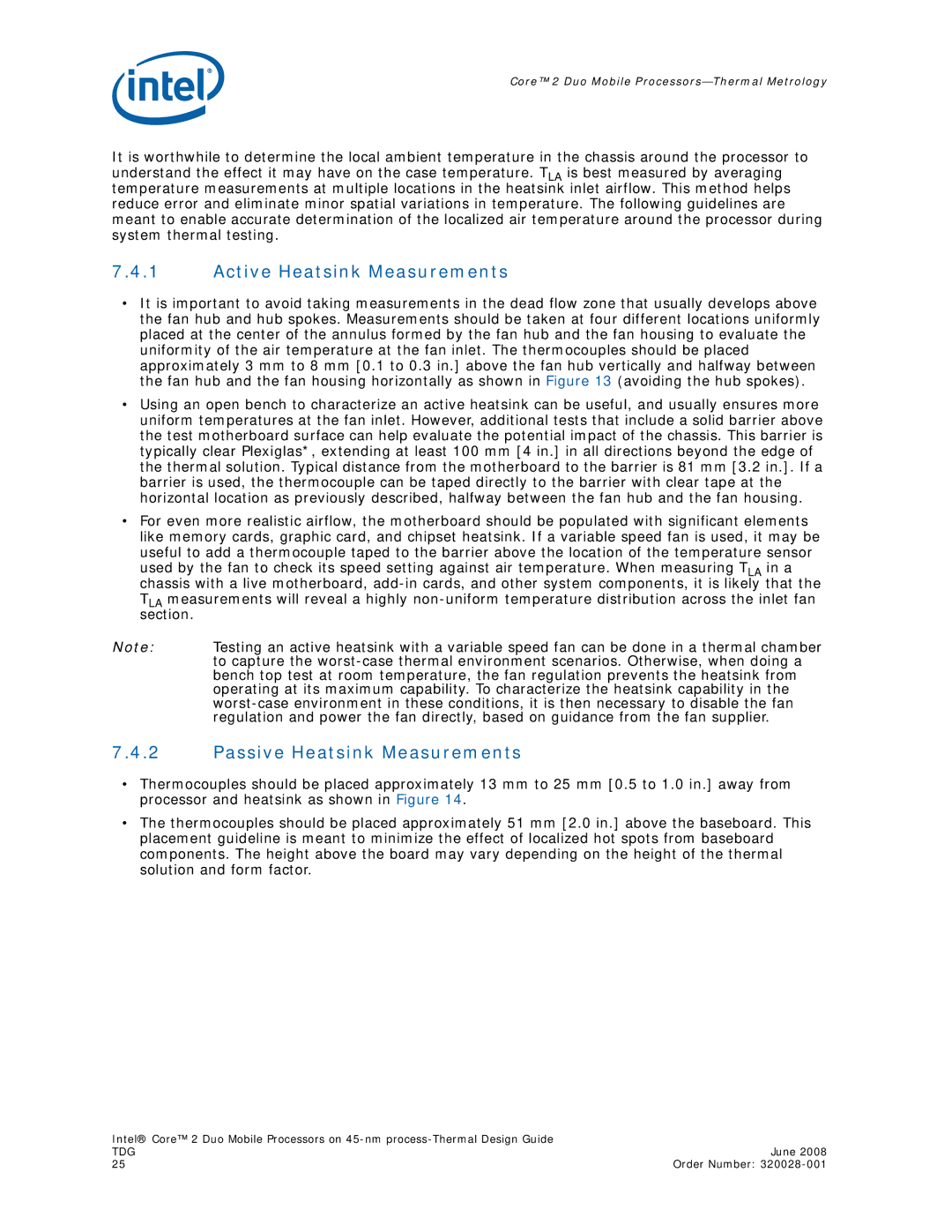320028-001 specifications
The Intel 320028-001 is a robust processor designed to meet the demands of both consumers and professionals. Built on Intel's advanced microarchitecture, this model showcases a blend of high performance, energy efficiency, and cutting-edge technology.One of the standout features of the Intel 320028-001 is its impressive clock speed, which ensures rapid data processing capabilities. This processor is designed with multiple cores, allowing it to handle several tasks simultaneously without compromising performance. This multi-core architecture is particularly beneficial for applications that require heavy multitasking or resource-intensive activities such as gaming, video editing, and 3D rendering.
In terms of technology, the Intel 320028-001 leverages Intel’s Turbo Boost technology, which dynamically increases the processor's clock speed to optimize performance based on current workload demands. This results in an efficient balance between performance and power consumption, providing users with the necessary speed when needed while conserving energy during lighter tasks.
Another key characteristic of the Intel 320028-001 is its compatibility with Intel Hyper-Threading technology. This allows each core to handle two threads simultaneously, resulting in improved multitasking capabilities and enhanced performance for threaded applications. This feature is particularly advantageous for applications that can utilize parallel processing, significantly enhancing overall system responsiveness.
Additionally, the Intel 320028-001 utilizes Intel’s Smart Cache technology. This shared cache allows for quicker data access and efficient memory usage, further optimizing execution speeds and minimizing latency. The processor is also designed to work seamlessly with the latest in memory technologies, supporting DDR4 memory for increased bandwidth and improved overall system performance.
Security features in the Intel 320028-001 include Intel Software Guard Extensions (SGX), which provide hardware-based safeguards for sensitive information, an essential component for business applications and personal data protection.
Overall, the Intel 320028-001 stands out with a combination of high-performance specs, advanced features, and energy-efficient operation, making it an excellent choice for a wide range of computing needs. Whether for gaming, professional applications, or daily use, this processor offers the reliability and performance that users expect from Intel.

